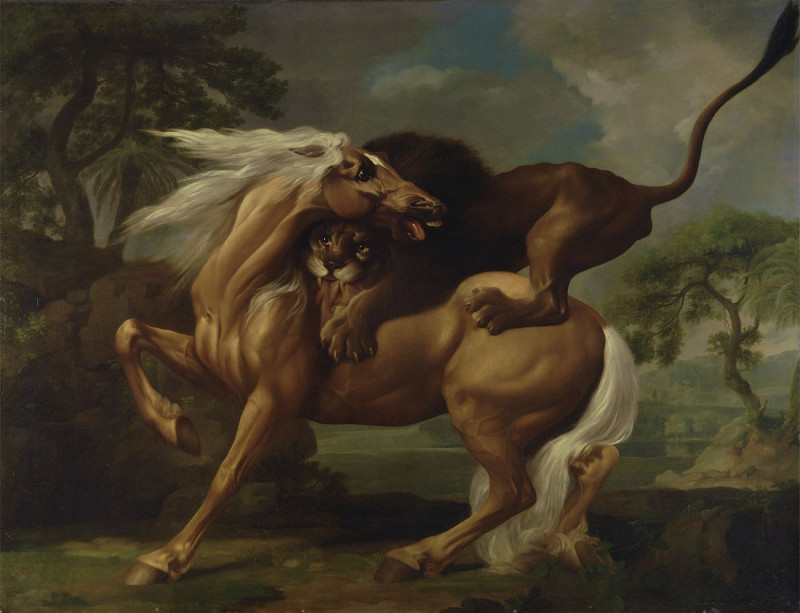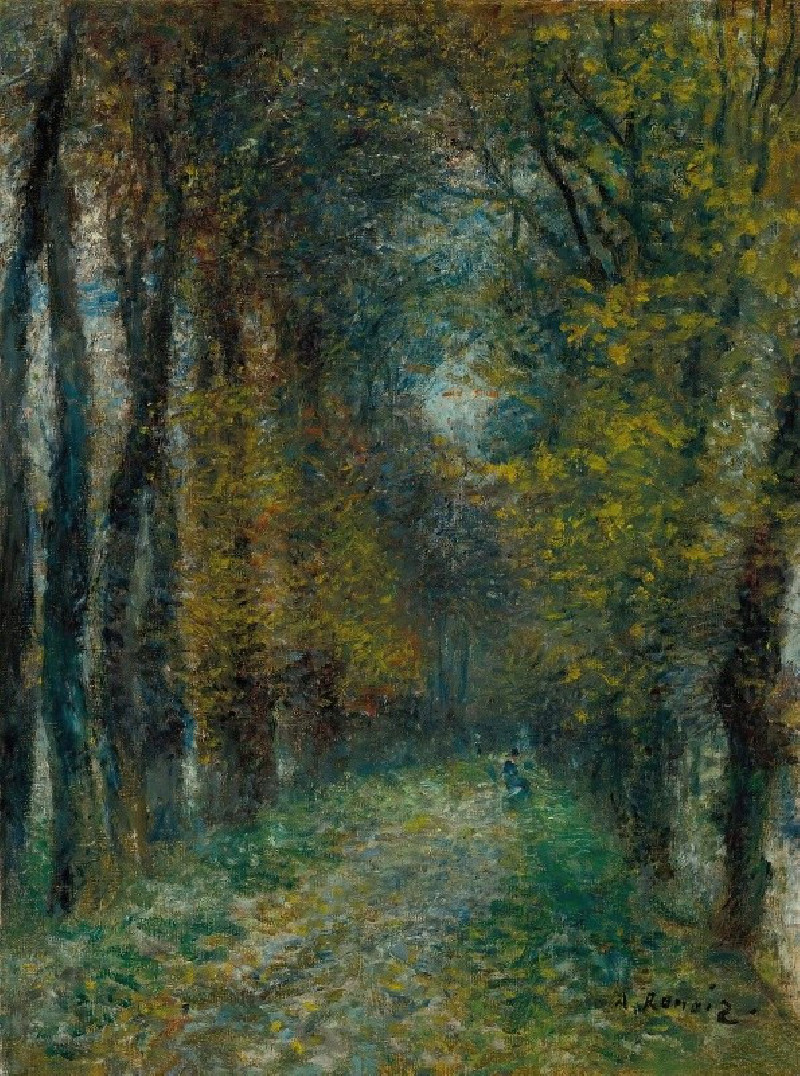Drei Figuren in Landschaft (1920)
Technique: Giclée quality print
Recommended by our customers
More about this artwork
Adolf Hölzel's "Drei Figuren in Landschaft" (1920) presents a unique engagement with abstraction and figuration. This compelling work features three figures entwined in an ambiguous yet clearly structured rural setting, characterized by its simplified forms and vibrant colors. Each figure, rendered with a stylized and somewhat geometric form, appears connected to the others through a confluence of flowing lines and shared shapes, enhancing the sense of emotional or spiritual unity among them.The backdrop of this scene hints at a landscape, suggested by minimal details that might indicate trees or natural elements—sketched sparingly to keep the focus on the figures themselves. Hölzel's color palette is rich and varied, incorporating shades of blue, orange, white, and red, which bring a profound depth and warmth to the interaction depicted."Drei Figuren in Landschaft" is an exemplary piece that showcases Hölzel’s transition from traditional representation to more abstract approaches, emphasizing the harmony and rhythm shared between human figures and their environment.

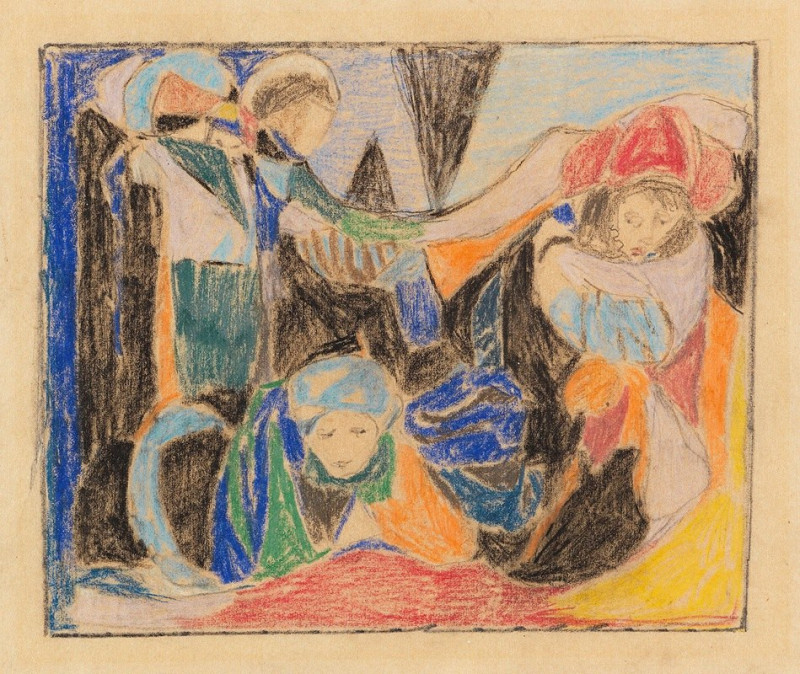
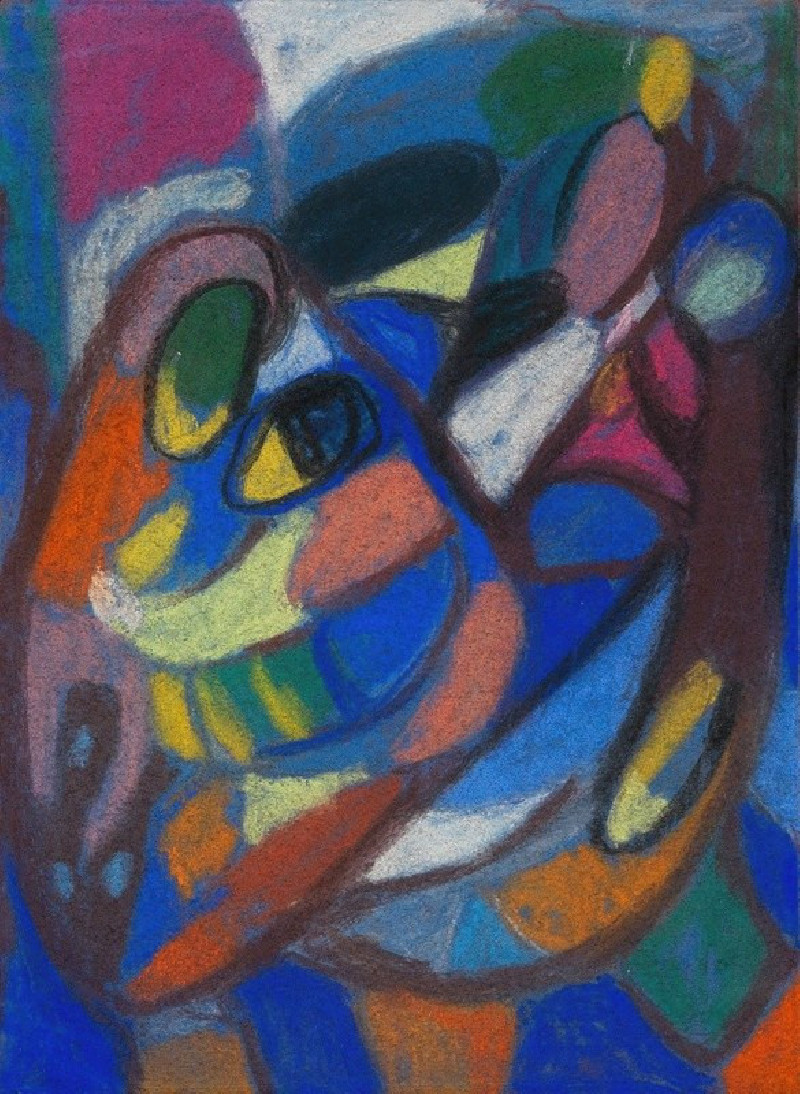
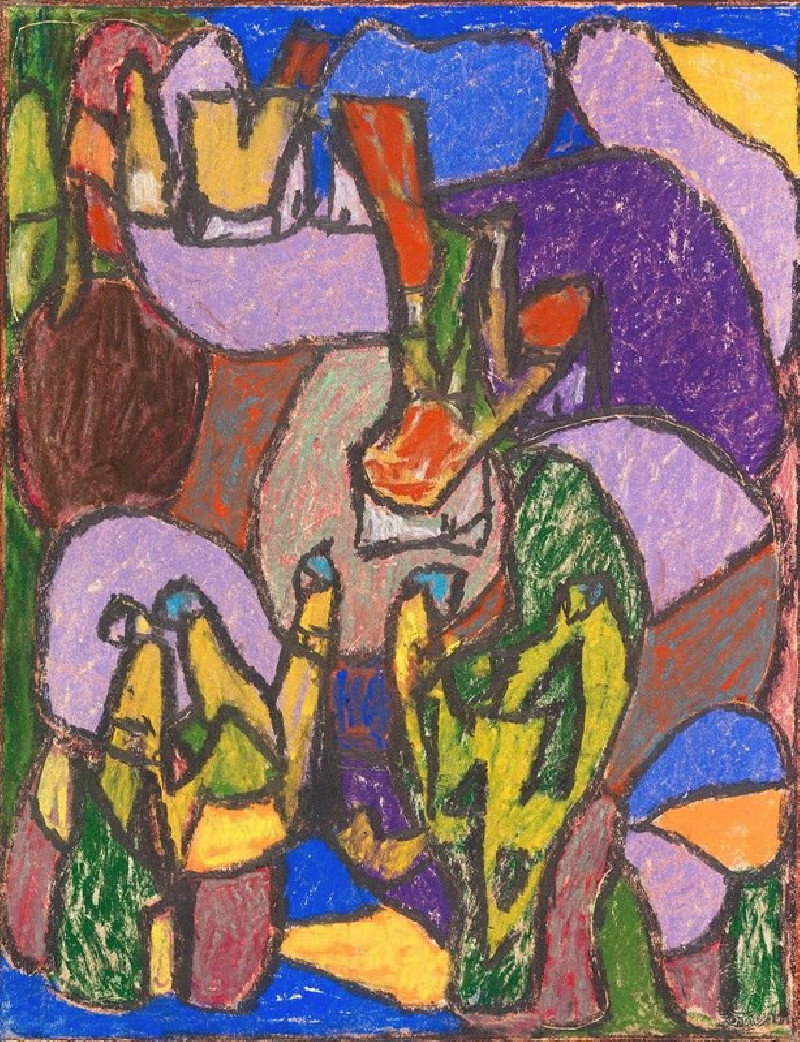
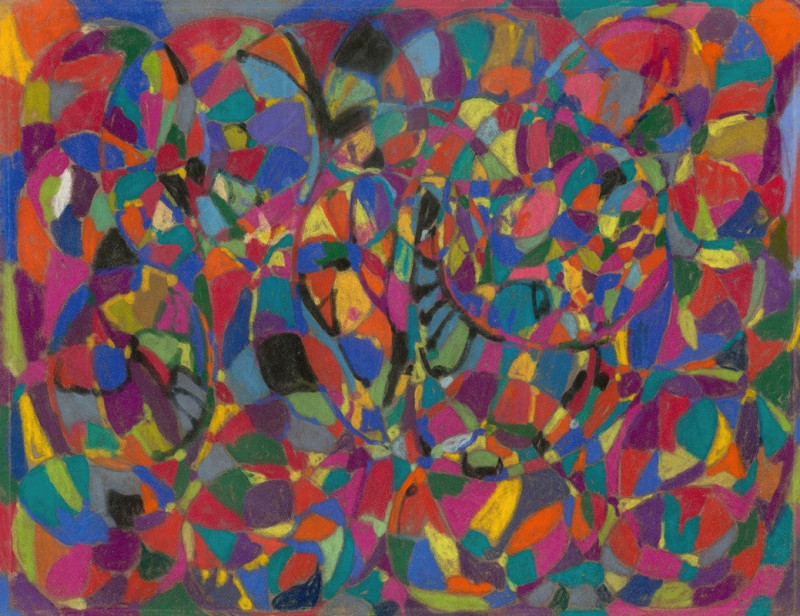
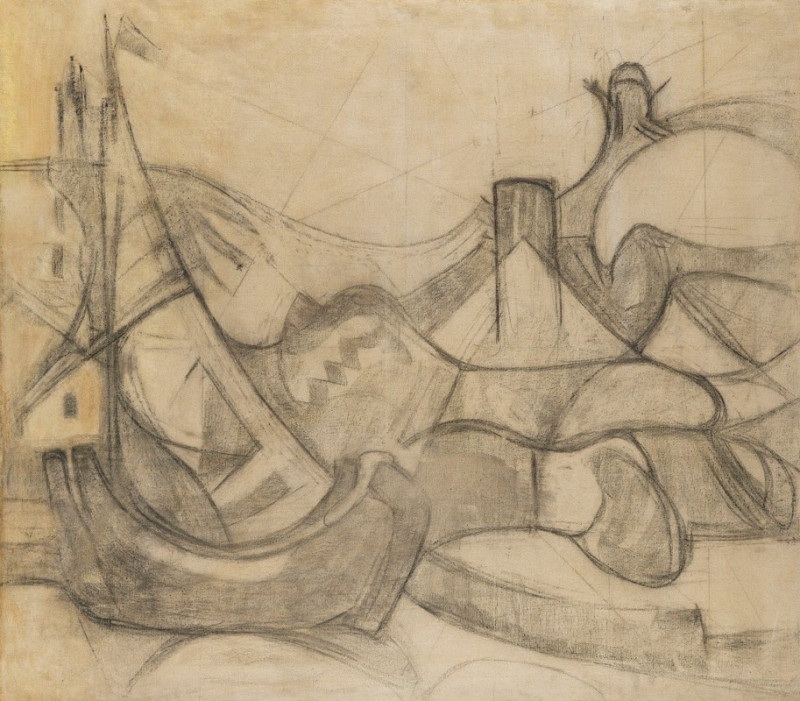


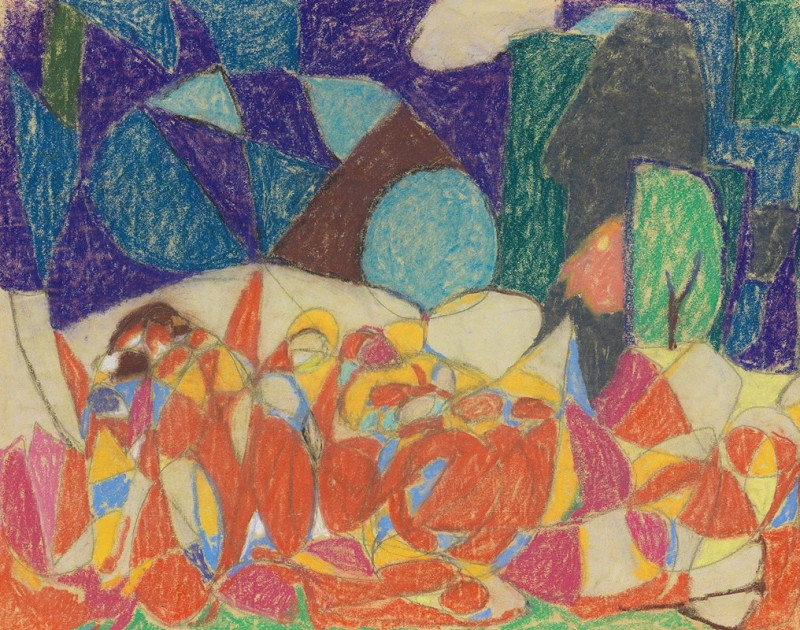



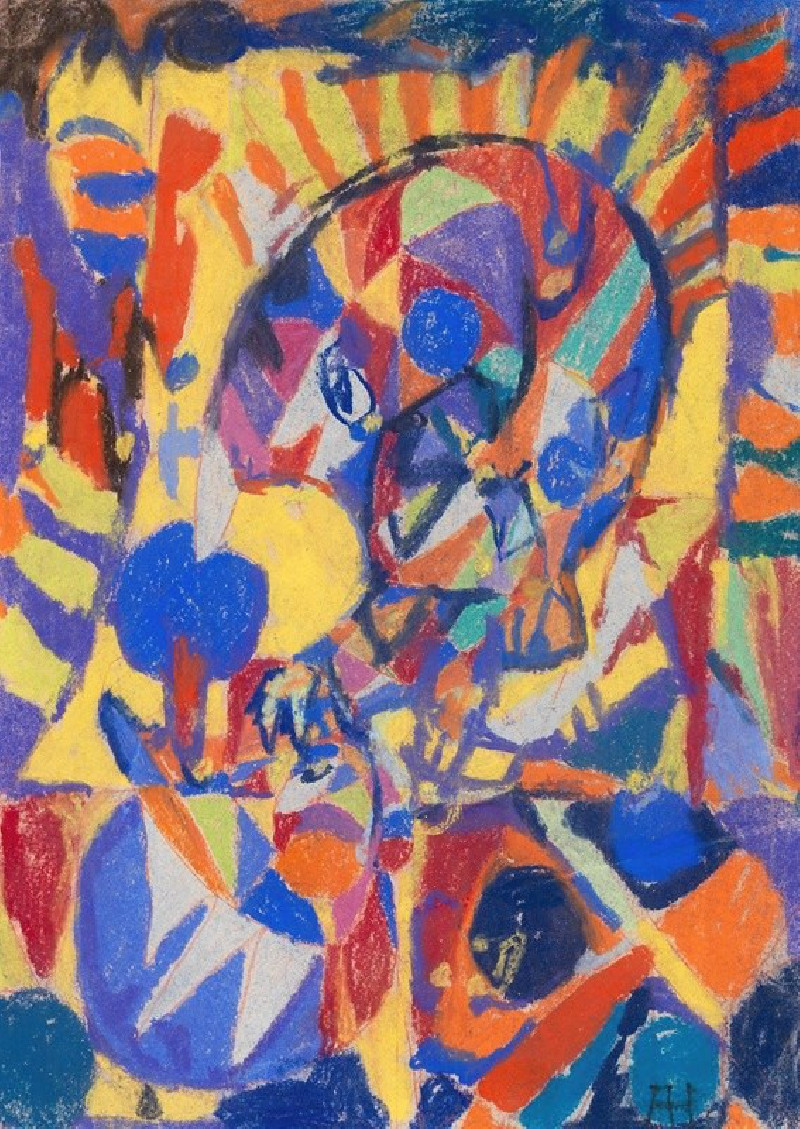
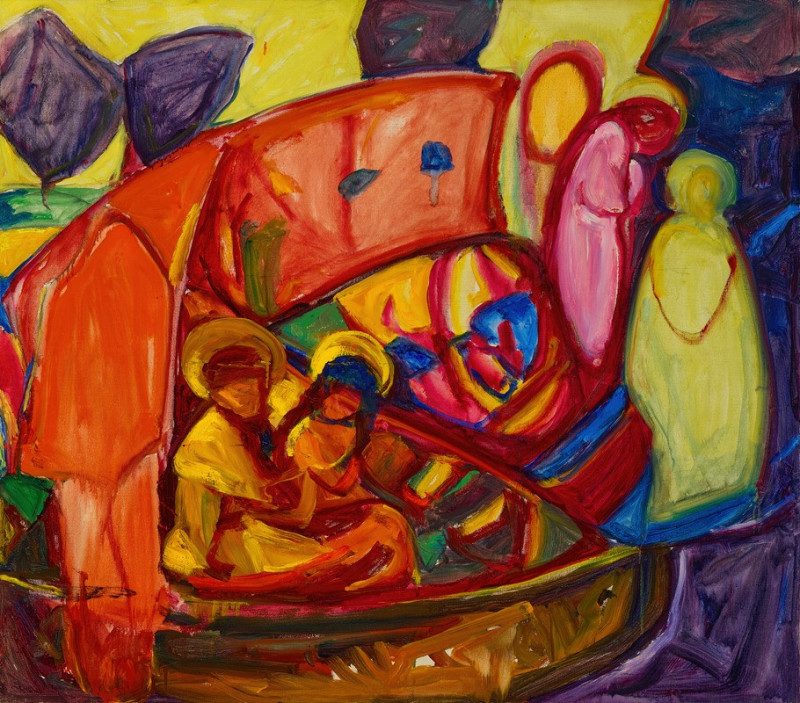
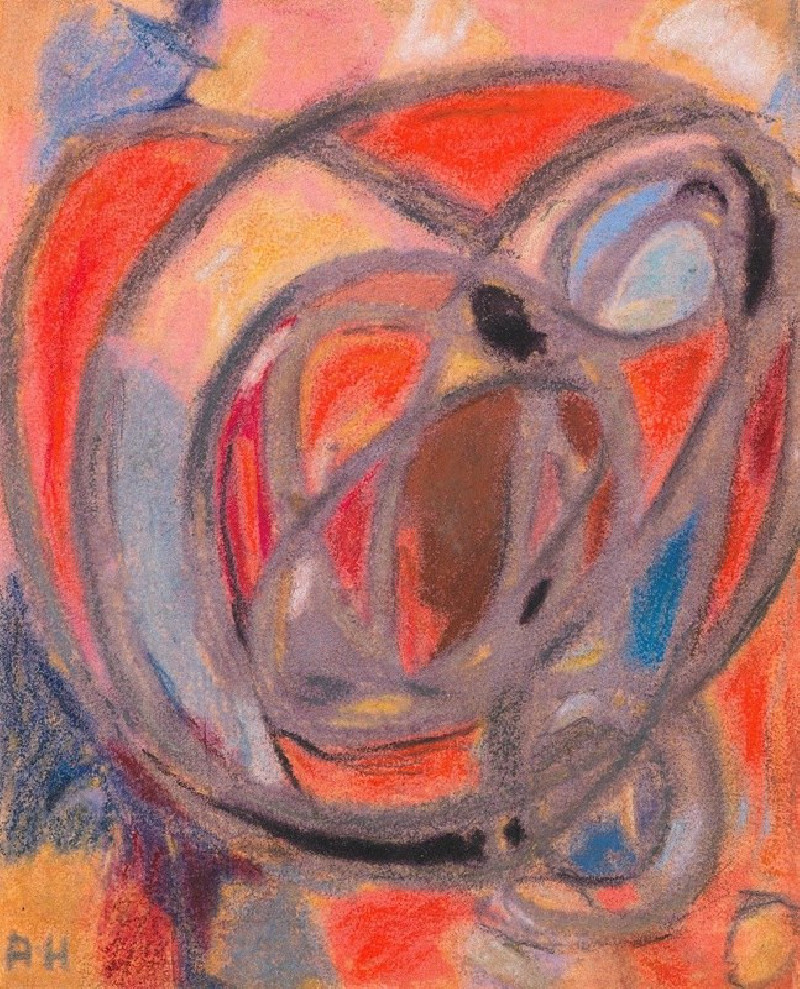

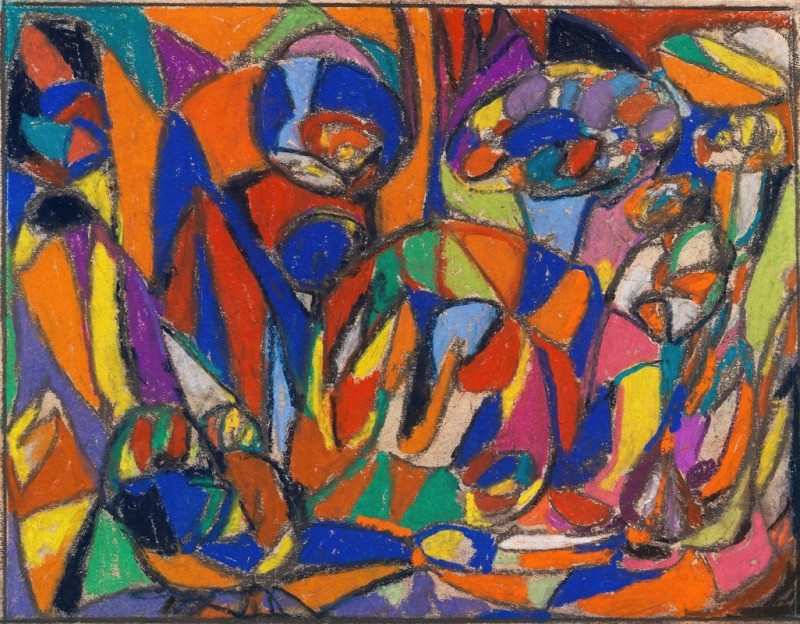
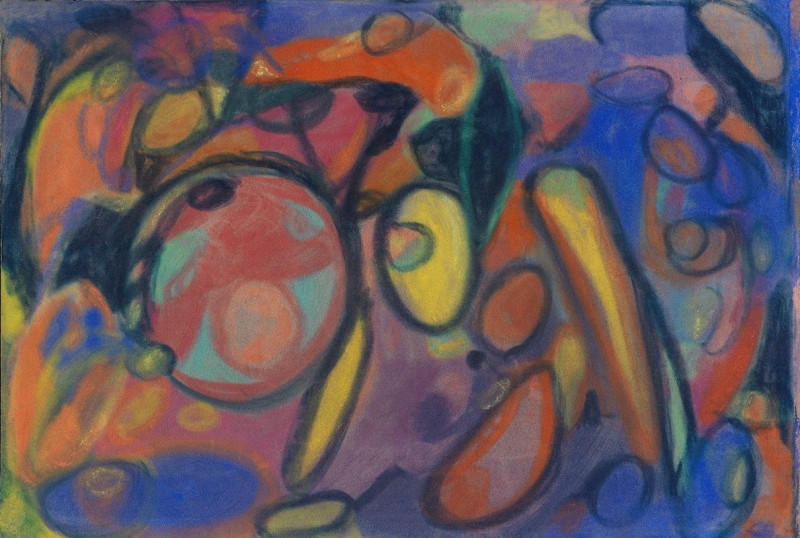
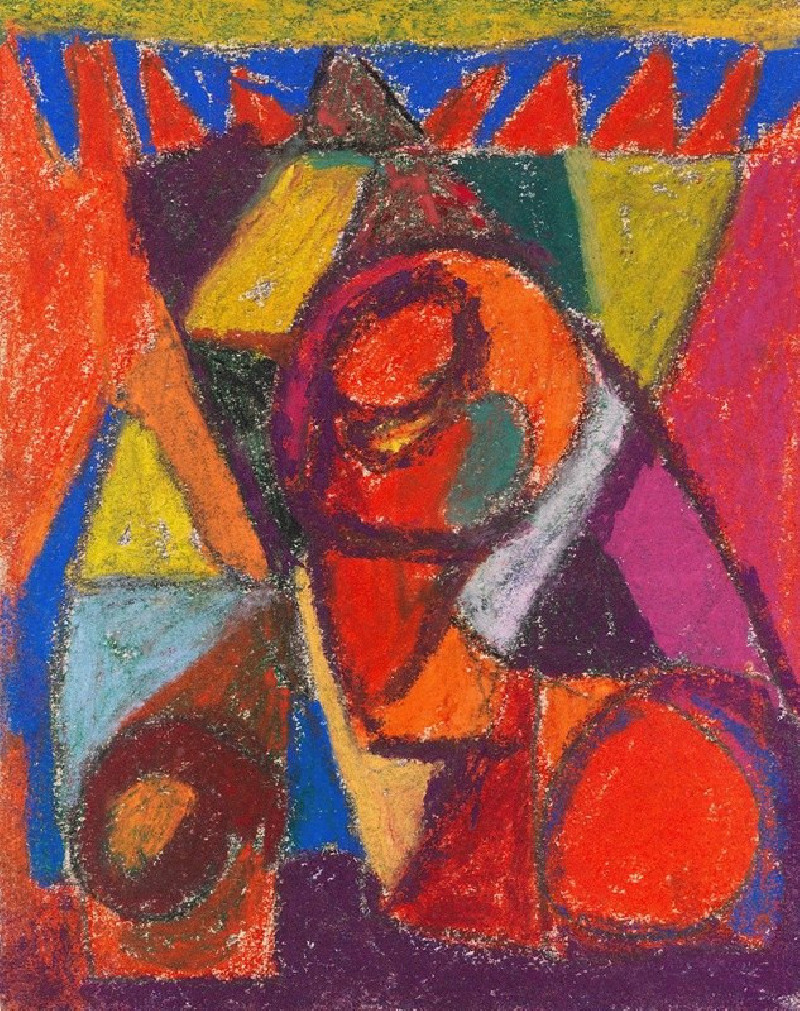
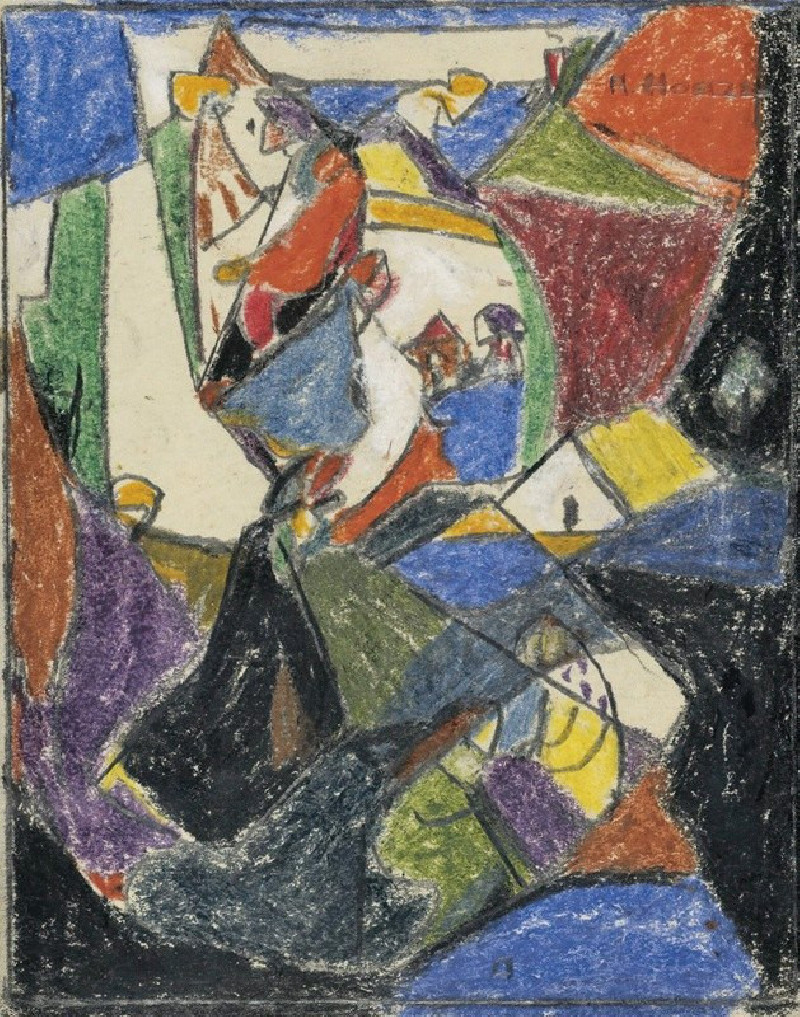

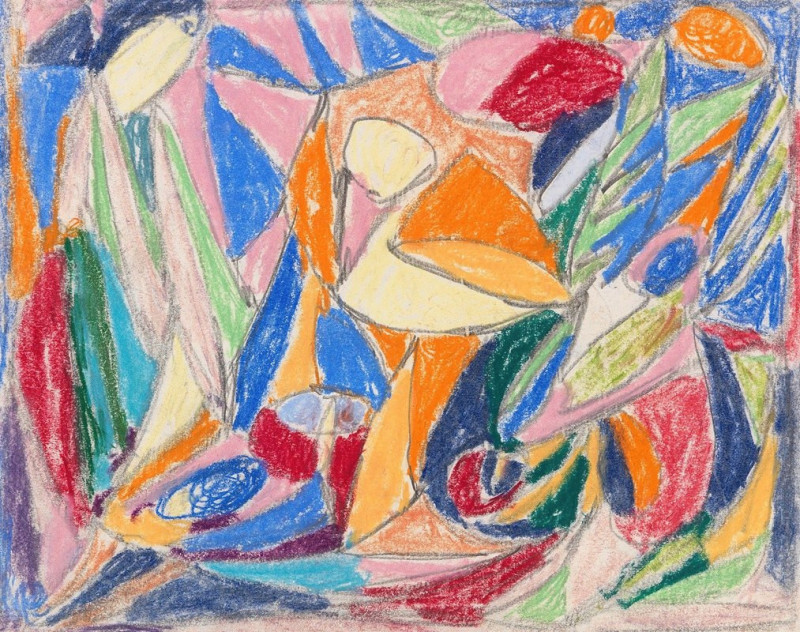

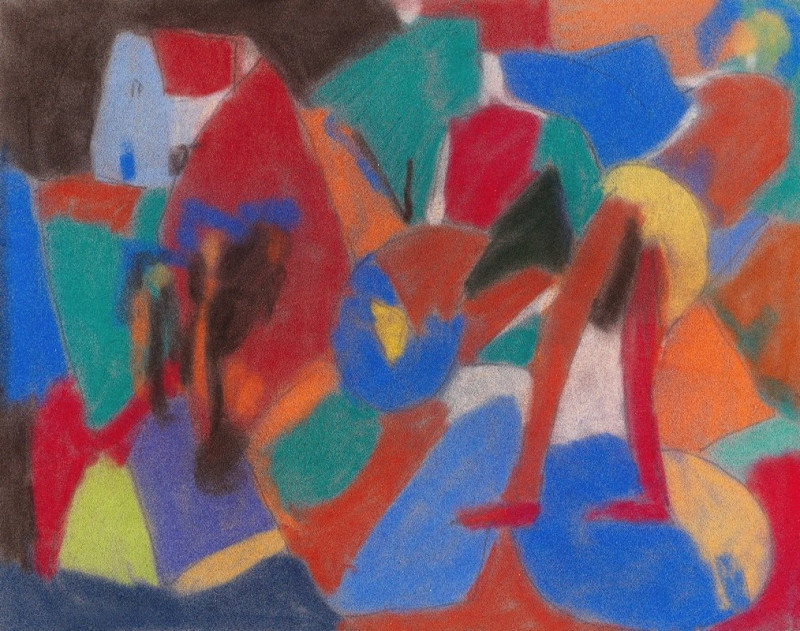
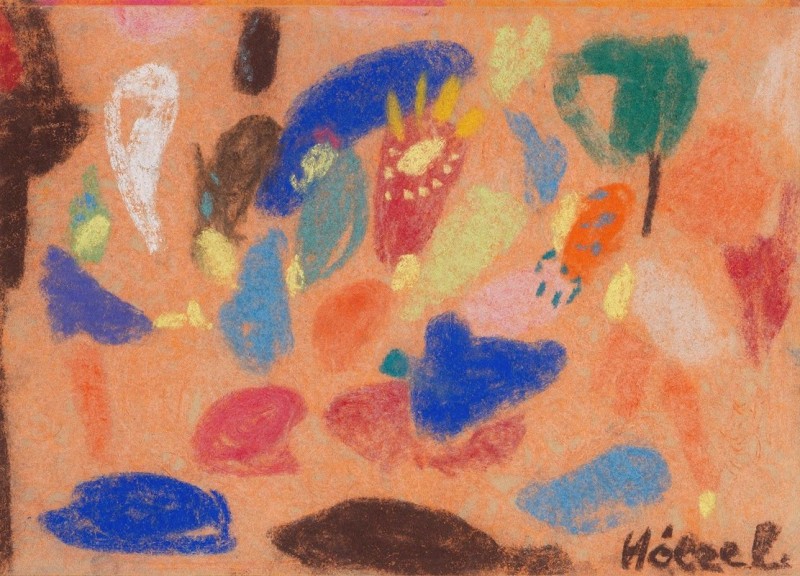
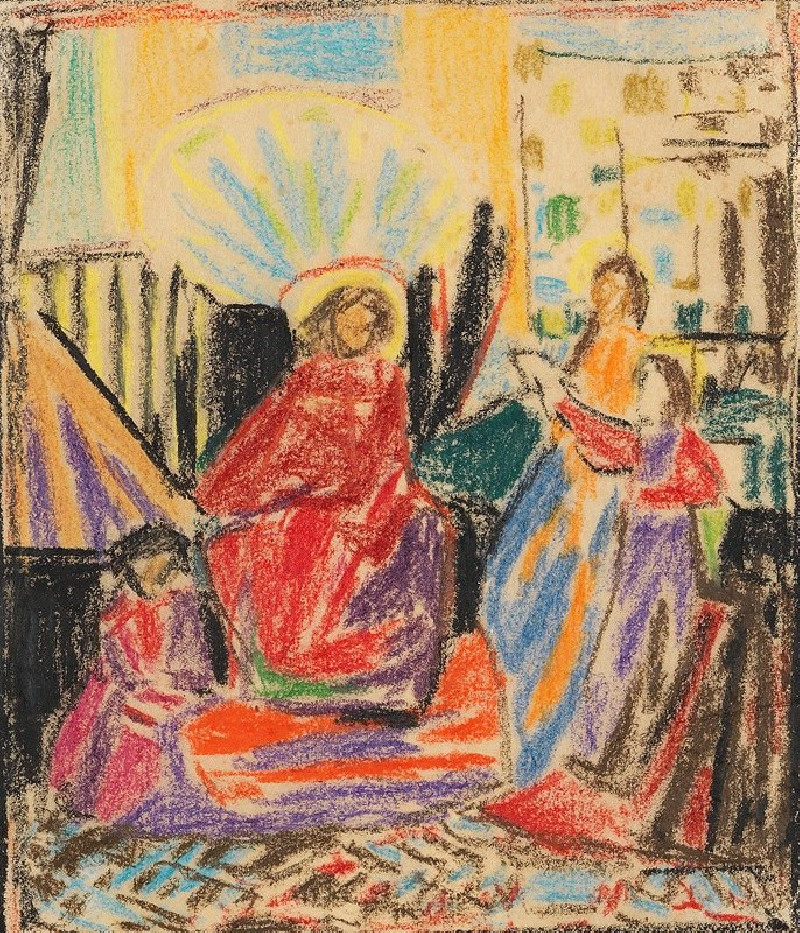


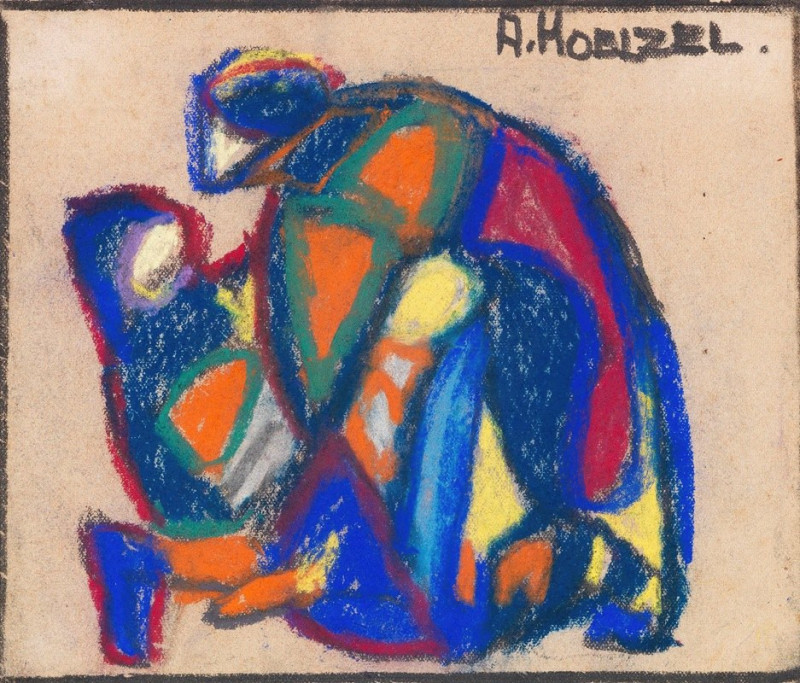

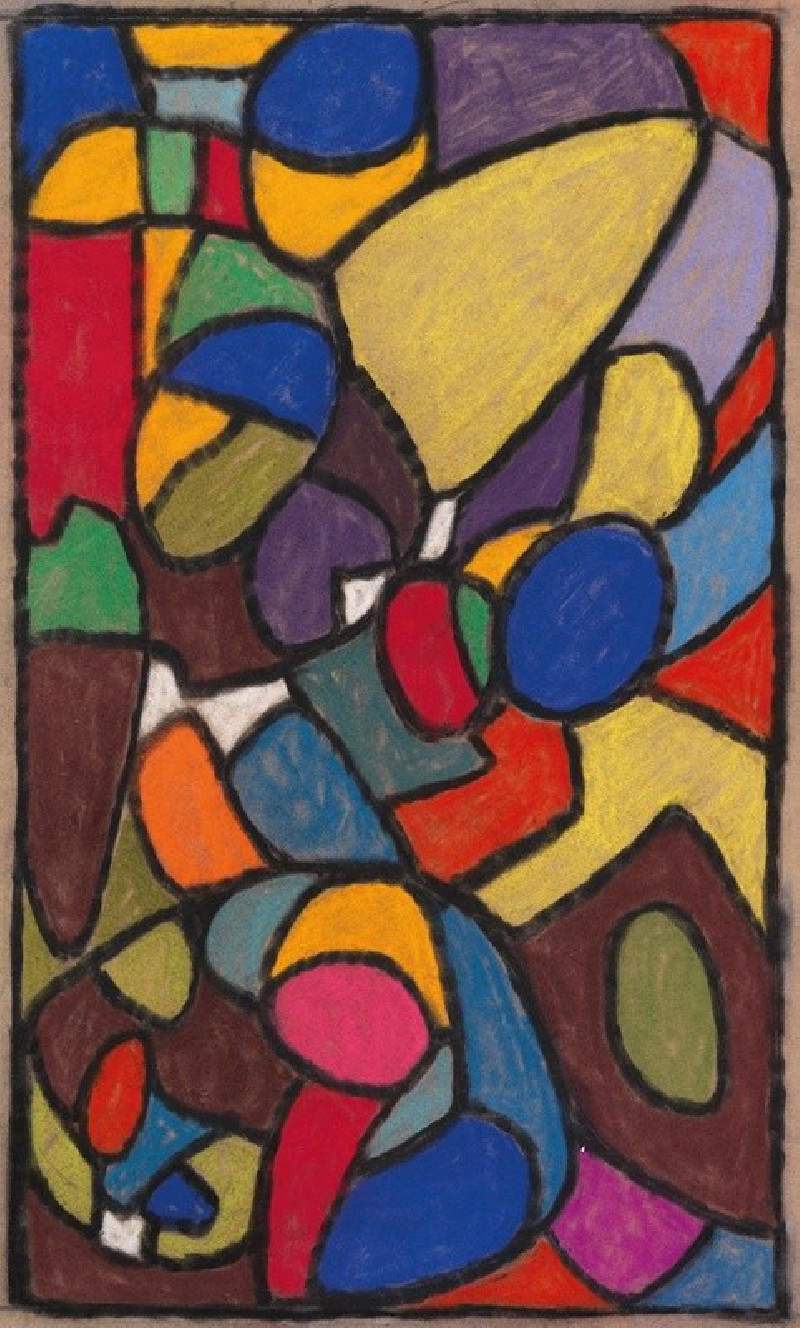
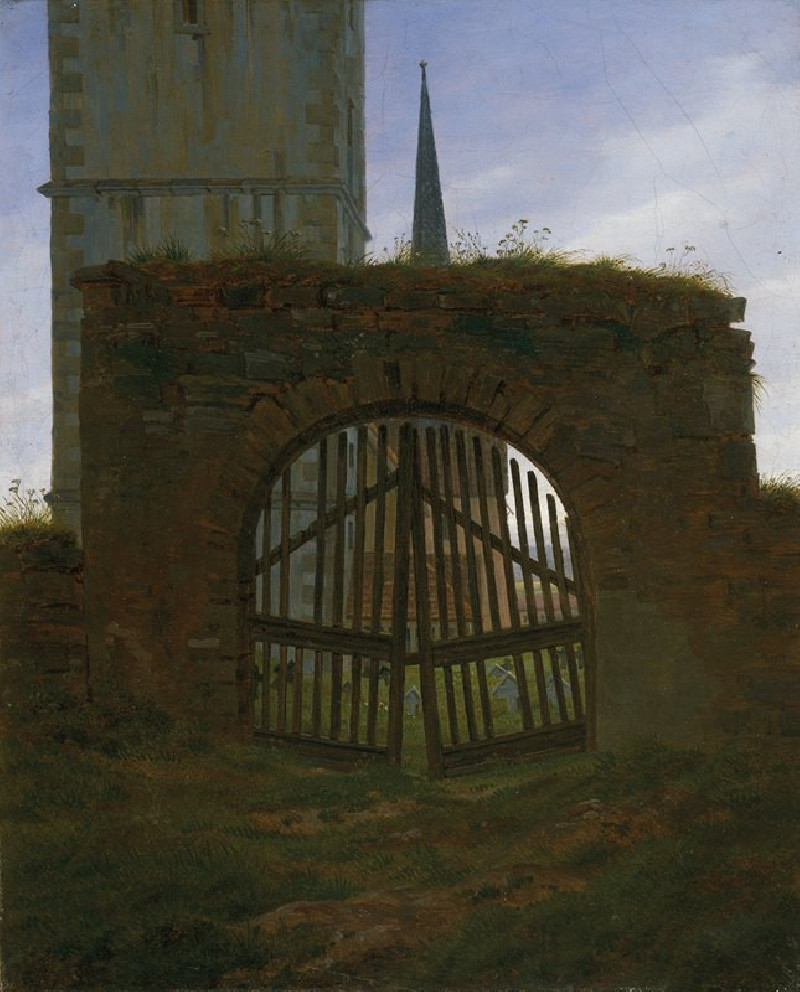

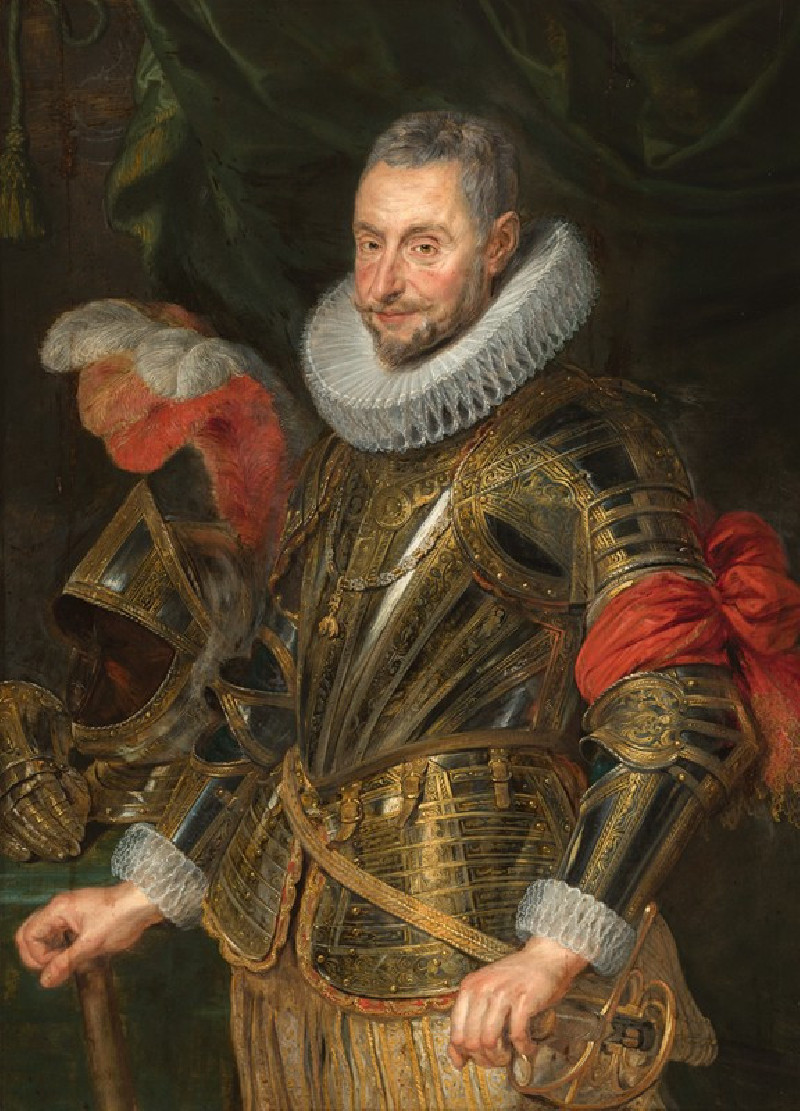

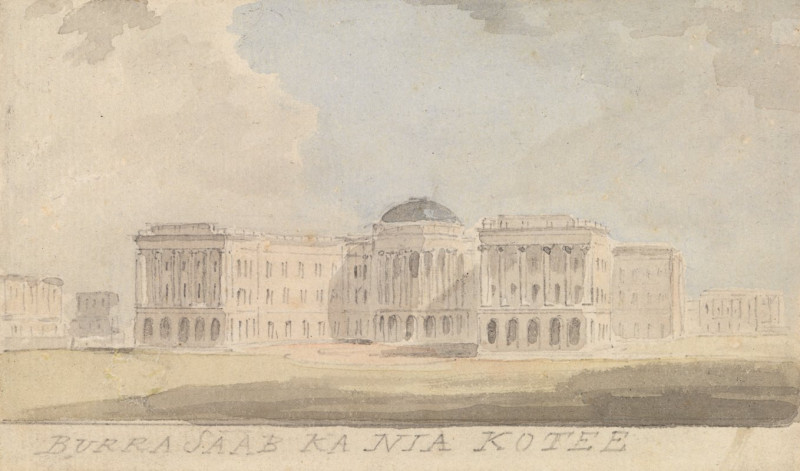
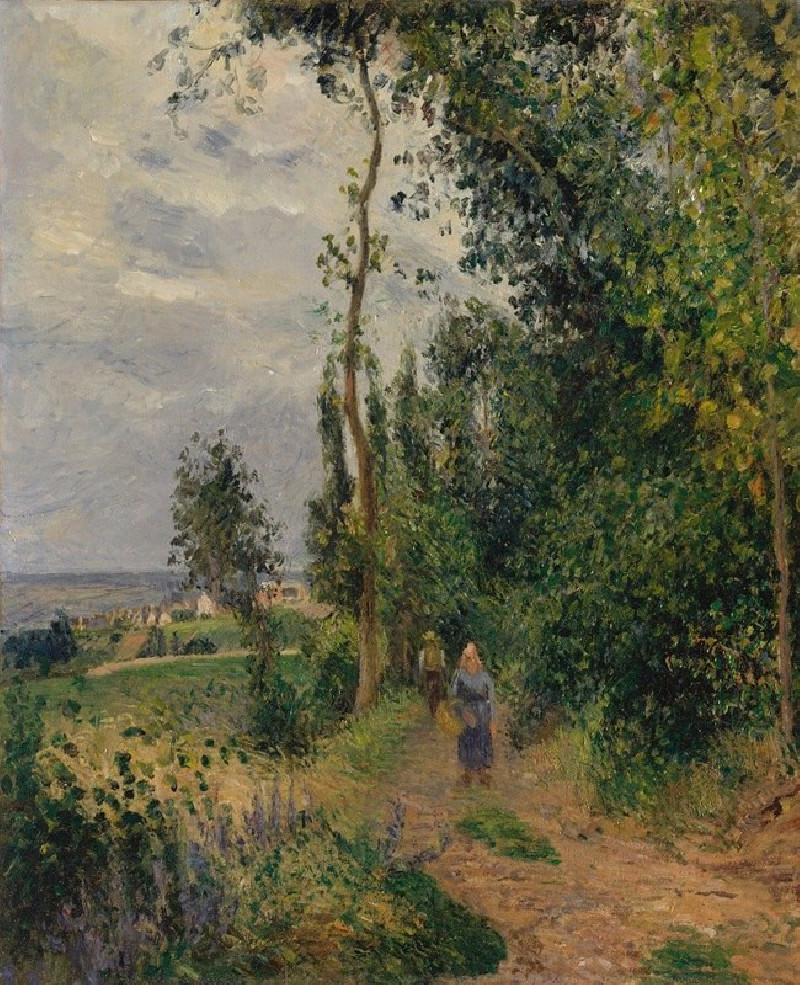

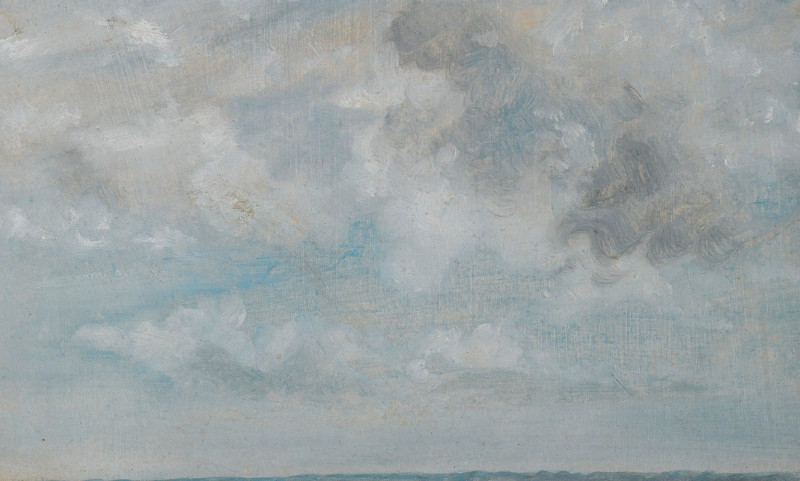

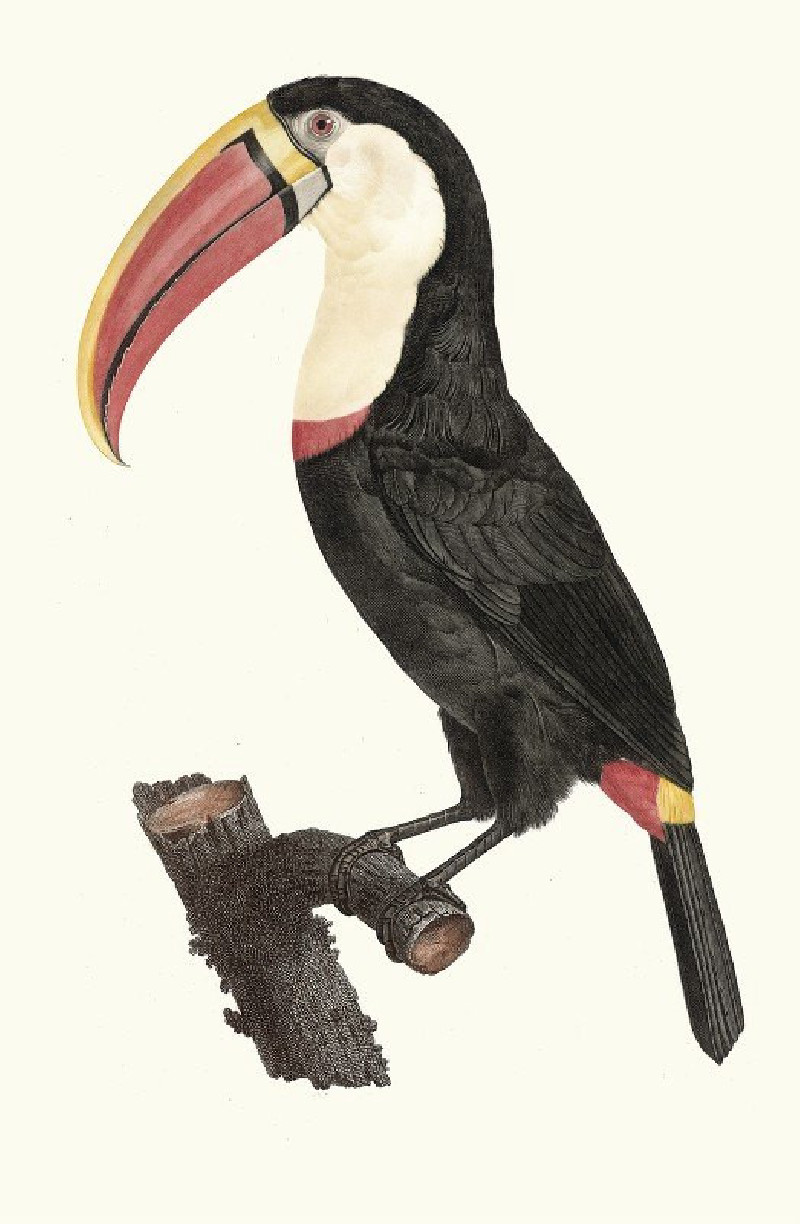
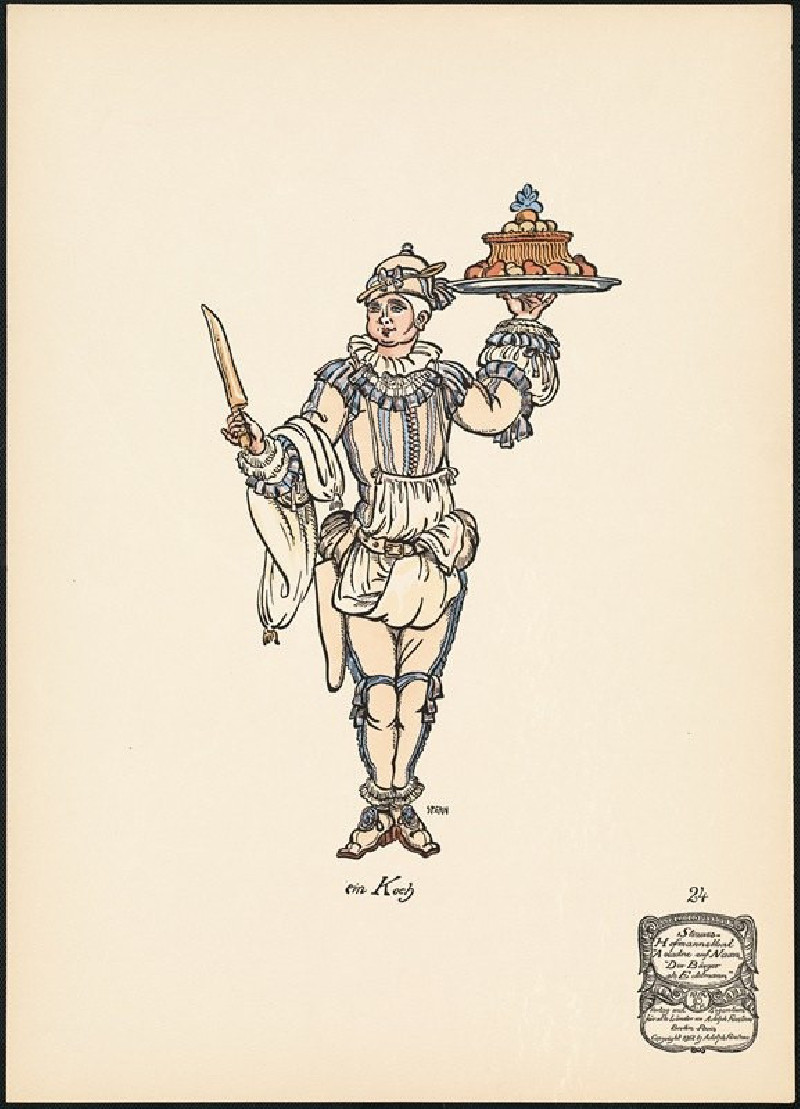
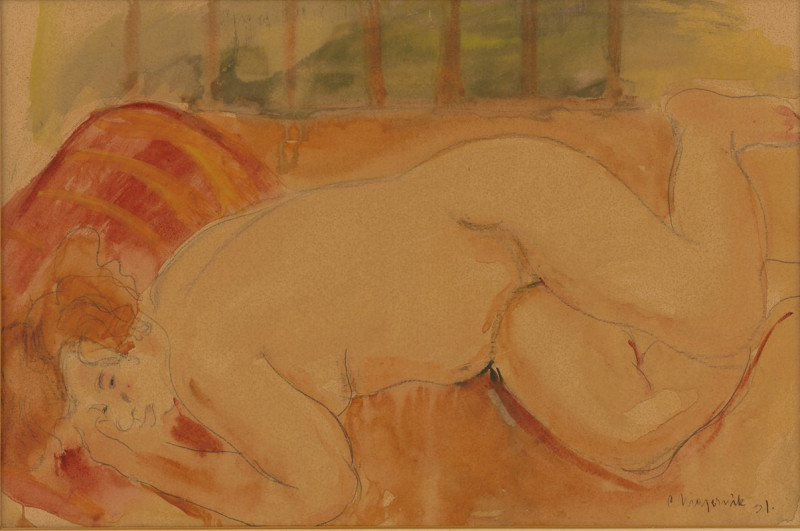
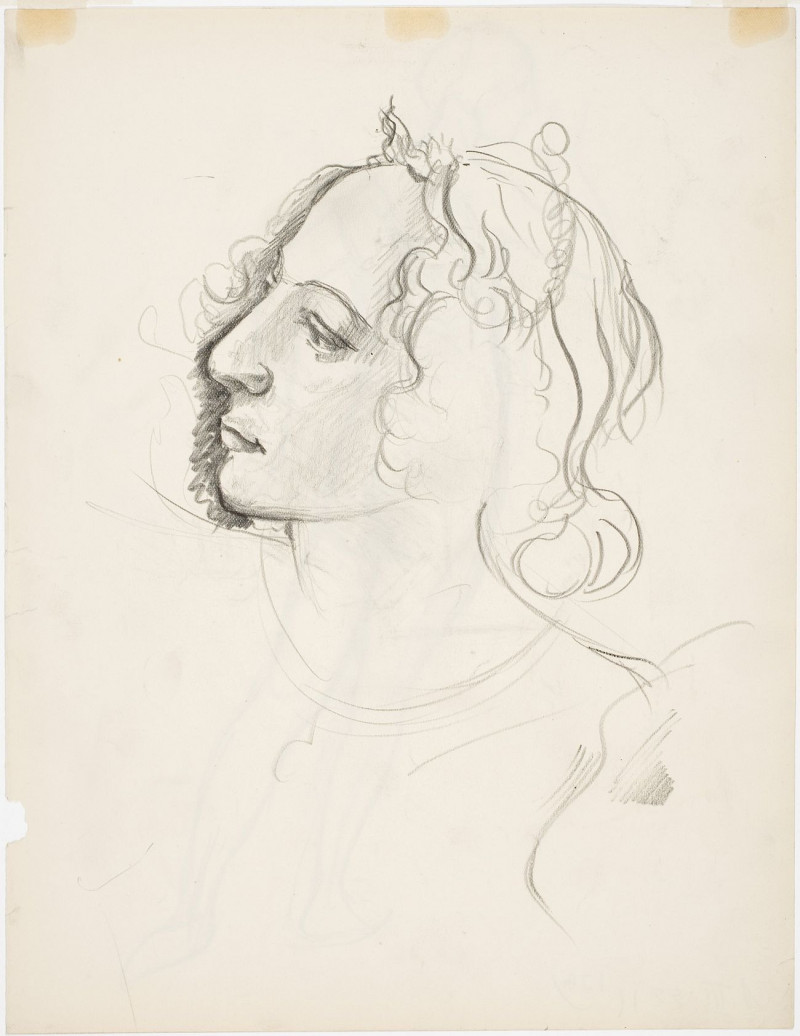
![Front elevation of the Great Temple of Aboosimble [sic]. Nubia.(Frontispiece, vol. 2) (1846-1849) reproduction of painting by...](https://reprodukcijos.lt/39233-large_default/reproduction-of-front-elevation-of-the-great-temple-of-aboosimble-sic-nubiafrontispiece-vol-2-1846-1849.jpg)
